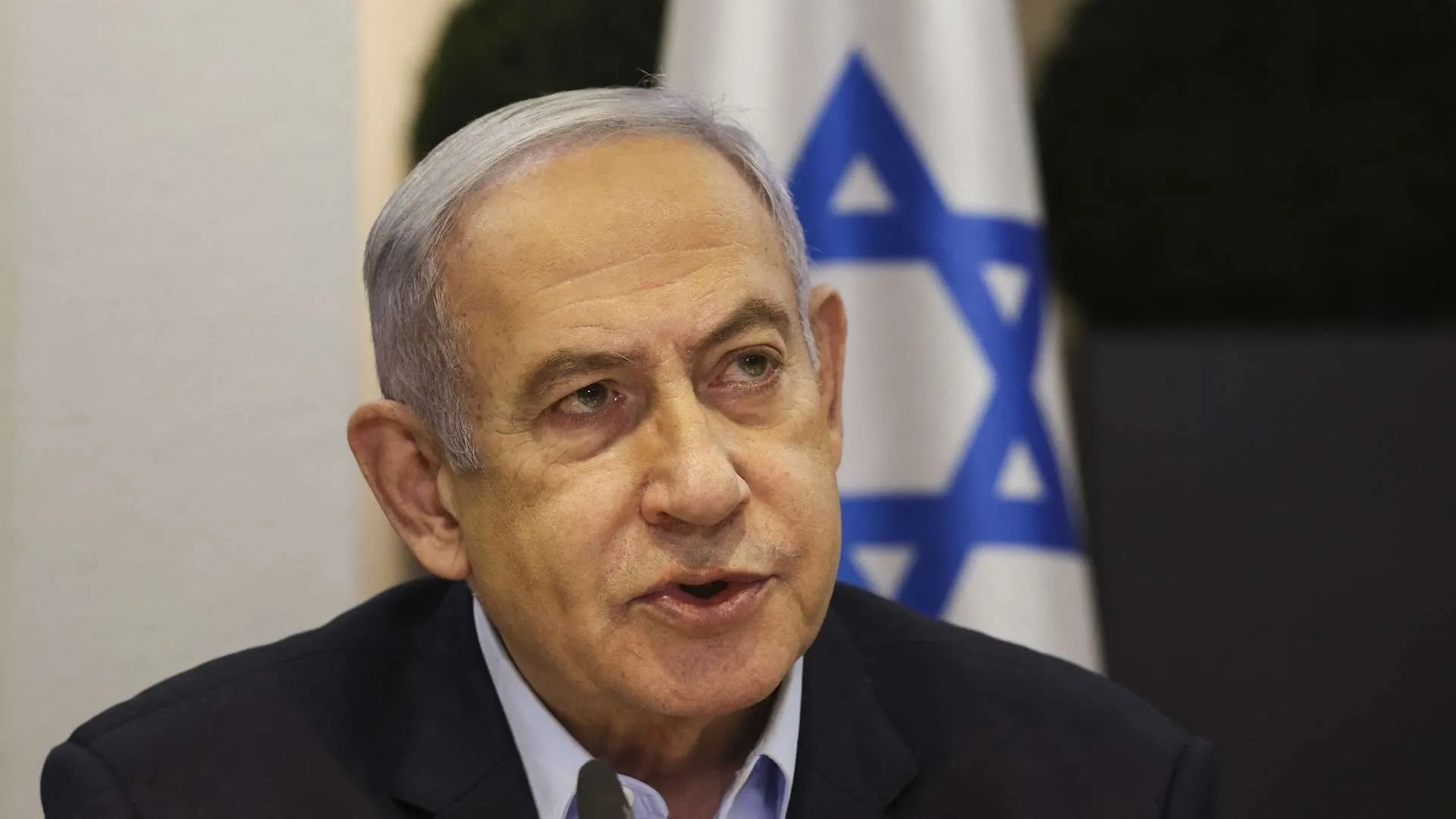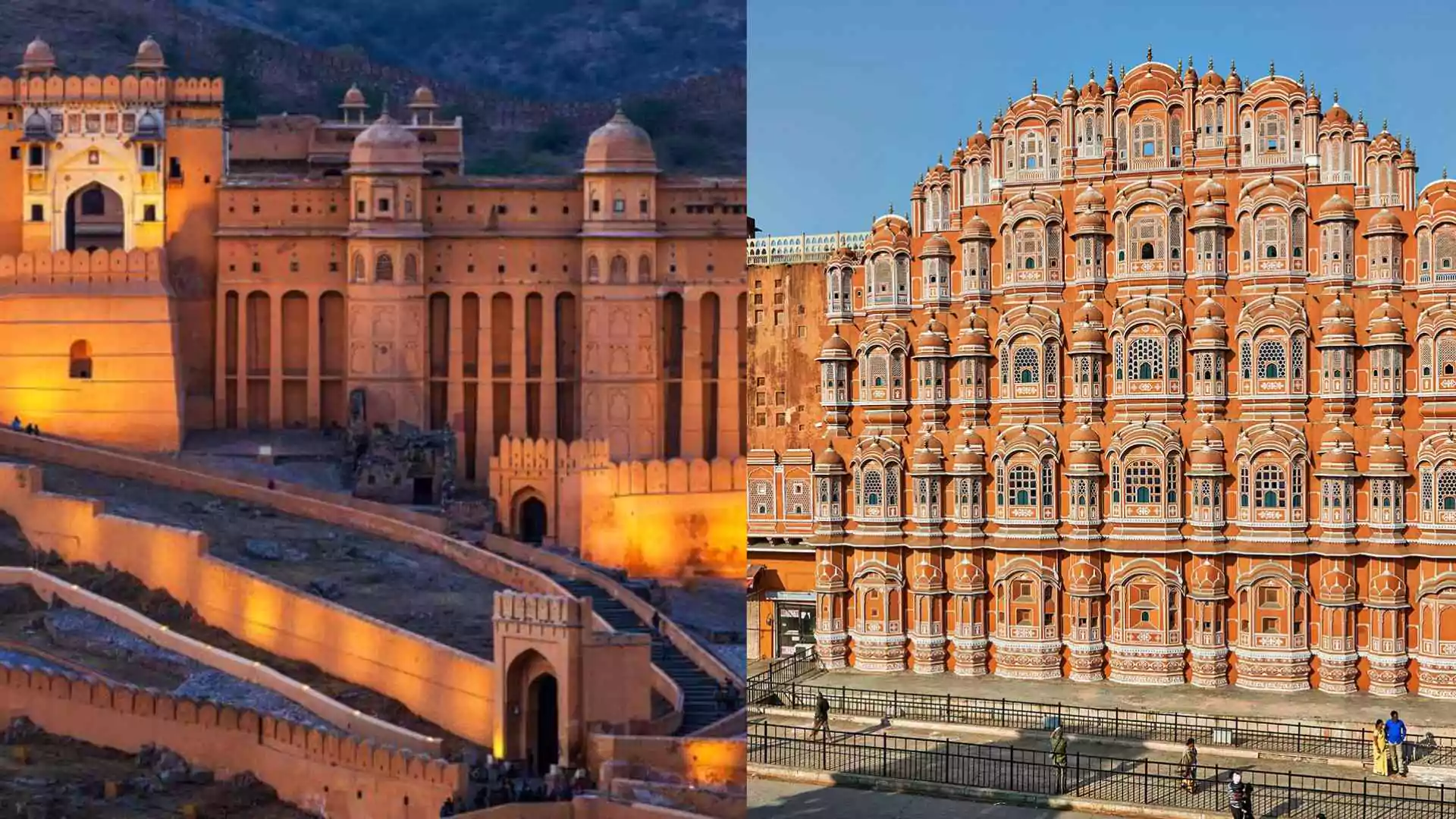As the world celebrated in 1999, at the dawn of the new millennium, India breathed a sigh of relief, for it had secured the safe release of 189 passengers and crew members of flight IC 814. Five members of the Pakistan-based terror organisation Harkat-ul-Ansar (later known as Harkat-ul-Mujahideen) hijacked the flight on 24 December 1999, shortly after it entered Indian airspace at approximately 16:53 IST. The hijack of an Indian Airlines flight carrying 179 passengers and 11 crew members came to be known as the ‘Kandahar Hijack.’
Based on a book written by the pilot-in-command, Captain Devi Sharan, the latest Netflix series narrates the events in the air and on the ground. This narration has sparked controversy, as several viewers believe the series attempts to ‘whitewash’ history, as the makers have stuck to the code names the five Pakistani hijackers used to identify themselves. They were ‘Chief,’ ‘Doctor,’ ‘Burger,’ ‘Bhola,’ & ‘Shankar.’ The last two names are Hindu, and critics of the show, who probably have little knowledge about the hijacking, have chosen to feel offended by a mere representation of fact. The makers of the Netflix series did not lie; they didn’t tell you the truth.
Clear The Air
So here are the facts and the truth to settle the matter. The Pakistani hijackers used Hindu code names, a tactic often employed by terrorists to conceal their true identity [26/11 terrorist Ajmal Kasab carrying a photo ID with the name ‘Sameer Chaudhury’ is a case in point. The actual names of the hijackers were Ibrahim Athar, Shahid Akhtar Sayed, Sunny Ahmed Qazi, Mistri Zahoor Ibrahim, and Shakir – they were all Pakistani nationals, a fact our intelligence agencies were well aware of.
However, history is written by those who lived and survived to tell the tale. In survivor accounts that I have subsequently read, they all remember the hijackers by their code names. There’s another fact to remember—those on the plane only knew the codenames, not much else.

Beyond the Controversy
IC-814 was supposed to be a routine flight, about one hour long, from the Tribhuvan International Airport in Kathmandu to New Delhi, India. Chief Flight Attendant Anil Sharma recalls, ‘The flight got delayed because of a change of aircraft at Delhi for operational reasons. There was a lot of activity at Kathmandu airport because the captain said that sunset was approaching, and if I recall correctly, there were no night operations at that time. The boarding process was rushed, but everything seemed normal. The unusual activity began 40 minutes after we were airborne.’
Mr. Sharma still remembers when he encountered the first hijackers and what followed. He says, “I was coming out of the cockpit, and everything seemed cheerful. The captains were in a good mood, and the flight engineer was joking with me. When I came out, I found a guy standing in the short corridor between the cockpit door and the gallery. There were two toilets on either side of where I was positioned. I saw this guy wearing a mask and spectacles and holding a pistol. He said, ‘Hum takeover kar rahe hain, aap hoshiyari mat dikhaiye [we are taking over, don’t try to act smart].’ I felt that the game was already over as far as my role was concerned. It was too late to inform the captain or do anything about the door because he virtually pushed me and warned me. By the time I left the business class and headed towards the economy class, the number of hijackers had grown to three. One of them was carrying a dagger, one was carrying a grenade, and another a revolver.”
MUST READ: Take Care Of Nation’s Sentiments: Government On The Netflix Series ‘IC 814 Kandahar Hijack’
From Amritsar to Lahore, then Dubai
Soon after the takeover, the hijackers wanted to land in Pakistan, but the plane didn’t have enough fuel to make the journey. To nobody’s surprise, Pakistan ATC also refused permission to land the hijacked plane to maintain ‘distance’ from the terrorists.
The only option before the pilots was Amritsar in India’s Punjab. As the plane was re-routed, the hijackers brought between six to ten male passengers to the business class section, blindfolded them, and tied their hands. Passengers Satnam Singh and Rupin Katyal were brutally stabbed by the hijackers and gravely injured.
Rupin Katyal, a newlywed who was returning from his honeymoon with his wife Rachna, eventually bled to death and became the lone casualty of the hijacking.

In a 1999 interview, passenger Satnam Singh, who was stabbed multiple times, reportedly said, “I fell down, and they thought I was dead. But later, when I asked for water, they gave it to me..They said they did not want to kill anyone, but the authorities forced them to do so”.
Amid the bloodshed, IC 814 was flown to Lahore, Pakistan, where, two months before the hijacking of an Indian plane, General Pervez Musharaff had overthrown Nawaz Sharif in a military coup. Even if Pakistan’s ISI wanted to ‘distance’ itself from the hijack, Musharaff could not afford the global disaster that would follow if civilians on an Indian plane crashed and died on Pakistani soil. Running out of fuel, IC-814 was finally allowed to land in Lahore, where the plane was refueled before being flown to its next destination. The hijackers demanded the crew to set course for Kabul, Afghanistan, as the final destination.
However, Kabul didn’t have night landing facilities in 1999. As the plane flew West, many Gulf nations shut down their airspace to disallow the aircraft from landing. The UAE extended a helping hand, and the plane touched down at the Al-Minhad airbase in Dubai at roughly 1:32 AM IST on 25 December 1999.
Anil Sharma, like many others, was not aware of the bloodshed in the business-class section of the plane, “Until we reached Dubai, at Al Minhad airport, I did not know that two people had been assaulted. My junior colleague Satish and a hostess named Raji attended to the wounded passenger. Between Lahore and Dubai, Satnam Singh was bandaged and in great pain. Upon reaching Al Minhad, I was directed to carry a deceased passenger (Rubin Katyal) to the step ladder at the door of the aircraft.”
Cracking Negotiations & Release
The Indian Government secured the release of 27 passengers, including children, women, and a few older people, in Dubai with the support of the UAE Government in exchange for further refueling of the plane. In less than five hours, IC-814 took off from Dubai airport at 6:20 AM IST and reached Kandahar airport in Afghanistan by 8:33 AM IST. All of the above events took place in less than 24 hours. Kandahar was under the control of the Taliban, who surrounded the plane with guns and tanks.
Kanchan Gupta, OSD to then-PM Atal Bihari Vajpayee, explains, “You have to understand the circumstances we were working under. This was 1999, and the Taliban was isolated due to UN sanctions—no country had diplomatic relations with them. We had no third-party mediator to help us. By the time we established contact with the hijackers and the Taliban through a UN intermediary, a considerable amount of time had passed.”
The hijacker’s insistence on landing the aircraft in Taliban-controlled territory raised suspicions regarding the intentions of the Taliban regime. Still, there was no confusion as to whose patronage the hijackers were operating under – the Pakistani ISI.
The Indian government didn’t want to negotiate with the hijackers on the latter’s terms and needed all demands clarified for further interaction. On 27 December 1999, the Pakistani hijackers laid down their demands- the release of 36 terrorists lodged in Indian jails, the return of the body of HuM founder Sajjad Afghani, and USD 200 million in cash. The Indian government refused.

Upon further negotiations, the Pakistani hijackers agreed to release the occupants of IC-814 in exchange for Masood Azhar, Ahmed Omar Sheikh, and Mushtaq Zargar. Azhar was arrested for terrorist activities in Jammu-Kashmir in 1994; Sheikh was arrested in connection with the 1994 kidnappings of foreigners; and Zargar, who had at least three dozen murder cases registered against him, had been arrested on 15 May 1992 and imprisoned.
Kanchan Gupta, an observer of the government machinery’s thought process at the time, adds, “Our main objectives were to ensure nothing happened to the passengers and to avoid agreeing to terms that were impossible to uphold. Even after one passenger had been killed, we still had close to 175 passengers and crew on board. Ensuring their safety and security was our primary focus. The negotiations and considerations took time, but we managed to wrap it up within less than five days.”

India’s then Foreign Affairs Minister Jaswant Singh traveled to Afghanistan to secure the release of the remaining IC-814 passengers and crew. Kanchan Gupta notes, “Mr. Jaswant Singh played a very major role. With his army background, he understood tactics and strategy in such a situation. Ultimately, he traveled to Kandahar to ensure that all the hostages were freed and no harm came to them at the last minute.”

Post Script:
India expected (rather hoped) the Taliban to arrest the hijackers and act against them. However, the Taliban gave them, the Pakistani hijackers and the three terrorists released by India, ten hours to exit the country. They were reportedly driven to the Afghnistan-Pakistan border.
Both Masood Azhar and Ahmed Omar Sheikh were members of the Harkat-ul-Ansar in the 1990s, leading up to their arrest by Indian authorities. Sheikh was British-Pakistani and was converted to extremism by Azhar during the latter’s visits to the U.K. Ahmed Omar Sheikh came to be known for his role in the kidnapping and murder of Wall Street Journal reporter Daniel Pearl in 2002. Pakistan overturned Shiekh’s murder conviction in 2020, and his seven-year sentence for kidnapping was considered as time-served. As of 2021, Sheikh was imprisoned in Lahore while his appeal for ‘acquittal’ is pending before Pakistan’s Supreme Court.
Shortly after his release, Masood Azhar founded the terrorist organisation Jaish-e-Mohammed (JeM) in 2000, based in Pakistan. Ahmed Omar Sheikh joined Azhar. Over the next two decades, Jaish-e-Mohammed carried out a string of terror attacks in India, including the 2001 Parliament terror attack, the 2008 Mumbai terror attack, the 2016 Pathankot terror attack, and the 2019 Pulwama terror attack. Under pressure from India, Masood Azhar was ‘arrested’ by Pakistan in December 2001. Three months later, Azhar was shifted from Mianwali jail to Bahawalpur and reportedly given a monthly stipend.
Pakistani authorities have routinely evaded the task of arresting ‘Maulana’ Masood Azhar. Pakistan took Azhar into custody during its ‘investigation’ of the 2019 Pulwama terror attack in India. Despite the JeM claiming responsibility for the terror attack via social media, Pakistan didn’t find ‘credible evidence’ against Azhar. In January 2021, an Anti-Terrorism Court in Pakistan issued arrest warrants for Azhar on charges of terror financing.
In May 2021, Azhar reportedly left for Afghanistan to congratulate the Taliban for its takeover and ‘disappeared.’ Both Pakistan and Afghanistan deny his presence on their soil. Masood Azhar is number one on India’s 2024 list of terrorists designated under the UAPA.

ALSO READ: Netflix Alters Disclaimer For ‘IC 814′ Following Controversy Over Hijackers’ Names























